
Perhaps no other mammal lives as closely with humans as the House mouse. Although they do not absolutely need us, sharing our homes, barns, garages, cottages, and other structures makes their lives much, much easier. House mice have evolved many characteristics that have increased their chances of living with us undetected. Although, with some effort, they can be driven out of our structures, one can rest uneasily that they or an offspring will someday be back. This article may not increase your appreciation of the House mouse, but some of the surprising facts about the mouse will surely make them more interesting.
Adaptable and Ubiquitous
The House mouse lives on every continent except Antarctica, although the species' origin is thought to be somewhere in Eurasia. . This little House mouse loves the company of Human beings. In areas not inhabited by humans the House mouse is content to live in the wild. They are incredibly opportunistic both in habitation and diet. Basically they live where they can and eat anything that does not make them sick. Their dietary preference runs along the lines of seeds, leaves, roots and stems of plants. They will also eat cockroaches (bless their miniscule little hearts) , carrion (second blessing), caterpillars and beetle larva. When they cohabit with us humans they vary their wild diet to match ours. They will even fatten themselves on your hand soap or glue. The little darlings repay you for the food in a currency resembling grains of black rice.
Mi Casa Es Su Casa
Wild House mice like to live in elaborate, borrowed burrows, where the soil conditions permit and someone else will do the major digging. In the burrows they organize pantries, sleeping nests, toilette areas and several escape routes. If the terrain is more rocky than soily a protected rock crevice makes a nice home too. Since a rocky home lacks flexibility a House mouse may have to store the food off the premises, but that works too. In human homes they are famous for living behind the wainscot or any other panelling, the attic, under the floor, inside a couch or almost anywhere. In rural areas they favour grain storage areas as dwelling places, but, again, necessity is the mother of invention and these animals are the Thomas Edisons of the animal world.
Little Reproduction Machines
Unlike so many other animals which breed seasonally, the House mouse can breed any time of the year, weather permitting. Here in the northern climes females often forgo winter litters because the low survival rate of the babies. House mice are born hairless, blind and have sealed ears, in litters averaging about 6-7 newborns. These newborns are called pups. A mere five weeks later, both male and female pups are themselves adults, and ready to reproduce. In twenty-one days after impregnation these "pups" have their own pups. At this rate they can produce several generations in one year. So the original Mom can be a gr. gr. Grandmother by year's end. Since she and each one of her female offspring can have 5-8 litters in one year, the population growth rate is exponential. And the males? They are polygamous so those that breed can have literally hundreds of offspring at the end of a good year. One reason for the high fertility rate is, of course, the accompanying mortality rate. The House mouse constitutes part of the diets of several predators including, many predatory birds, foxes, snakes, weasels, skunks and cats. We humans kill our fair share of them too. Weather and weather related disasters kill many pups. Mice, living under the protection of humans as pets or in labs, can live to be four years old, but in the wild the lifespan averages about 18 months. There seems to be a natural population control, besides predation, built into the genetics of the house mouse. When populations in a given area exceed a certain threshold female pups begin to develop into sterile adults.
"Domestic" or "Wild", It's The Same Mouse
The relationship with humans and their structures has enabled the House mouse to inhabit areas where they otherwise cannot survive. In some areas the human habitat is used only as a winter home, while summers are spent in the nearby wild. In reading the research about mice writers usually refer to mouse life away from a human structure as the "wild" and mouse life in a human structure as "domestic" or "tame". This somehow implies that they are welcome visitors to the human household. Unless you have some pet mice I think you would agree that "welcome" usually does not describe our feelings toward them. Rather than exhaust myself trying to reform all these writers who use the words "domestic", "tame" and "wild" to describe these different habitats I have succumbed to the convention myself.
There Is A Downside To Hanging Out With People
It is not hard to imagine that the House mouse, or Mus musculus, has many subspecies. Any species that can produce so many generations in a short time will evolve quickly in response to new environmental pressures. One such subspecies is an albino mouse that is sold in pet stores. Several species have long been used in medical labs, especially in medical labs and labs where genetics constitutes the prime focus of research. Because of their value in research the mouse's genetic code was one of the first one mapped. An article in the Howard Hughes Medical Institute publication relates that in the 17th Century in Japan and China mice were raised as pets and bred for their beauty and unusual traits. The practice caught on in England where breed catalogues were created to the joy of mice fanciers. The fad moved on to North America where in 1900 a lady named Abbie Lathrop in Massachusetts bred mice on her farm. Later she began to sell one subspecies to Harvard University for research. This subspecies started the line that has become the standard mouse in research labs all across North America.
Can't We All Just Get Along?
Territorialism in House mice is used to protect whole households rather than the territory of any individual mouse. It is enforced by both the male and the several female mates of his polygamous family. Each female usually visits the whole territory during the course of a twenty-four hour period. While mice are primarily nocturnal they may well search for food sources during the day if the night's marauding was not particularly productive. Mice tend to rest and search in short cycles, completing as many as 15 cycles each day. House mice living out-of-doors have difficulty competing for food and territory with other species of mice. House mice are not particularly aggressive. Territories are maintained more by tacit agreement than by warfare. Nevertheless, caging two male mice together will usually not end well for one of them. Staying alive outside among the House mouse's many predators poses another lethal problem. During certain parts of a year food can be very scarce in the wild. Since House mice do not hibernate they need the same quantity of food year round. Hence, they need to be near a larger food store than nature can usually provide. Who stores food better than humans? For all the above reasons House mice and humans are usually cohabitants of the same area.
Put Me Anywhere And I'll Figure Out How To Survive
As building dwellers House mice have developed many talents necessary for building life, especially a covert life. Their sense of balance, hearing and smell is remarkable. They see well but not in colour. They also swim well. In size they seldom reach 10 cm (4 in); counting the hairless, scaled tail length doubles their size. Their colour ranges from gray to brown. For the size of their heads their ears appear fairly large. I have not read anything describing the House mouse as a human parasite, although it, at least partly, fits the description. The House mouse is not totally dependent upon humans, but we are a convenient, even if unwilling, host. They have been with us in the Western civilization since humans settled down to farming in the Fertile Crescent. There are known wild populations of House mice. On Gough Island in the South Atlantic where six human beings have maintained a weather station for South Africa for many years there are half a million House mice all over the fairly large island. In the isolation of Gough Island mice have adapted the unusual practice of killing their favorite food, baby Albatrosses, swarming overr them like ants. I probably speak for most of humanity when I say that mice, cute or not, are not a welcome addition to my household.
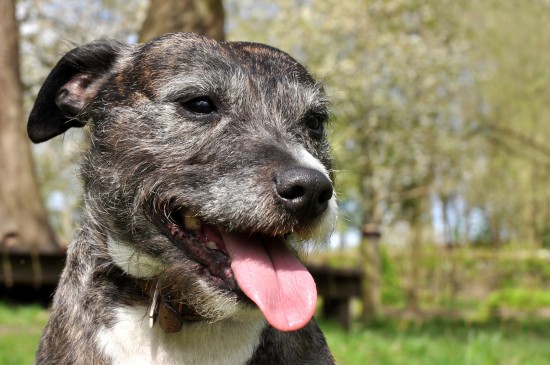 Is My Dog Suffering From Alzheimers?
Is My Dog Sufferi
Is My Dog Suffering From Alzheimers?
Is My Dog Sufferi
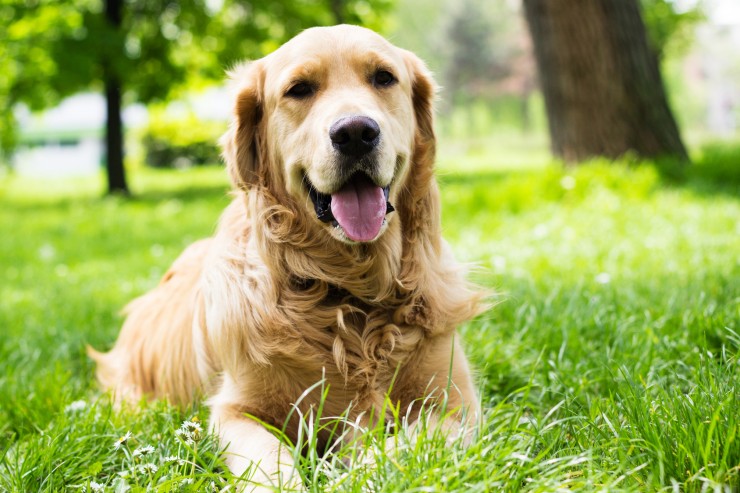 Canine Endocarditis - What Is It?
Canine Endocardit
Canine Endocarditis - What Is It?
Canine Endocardit
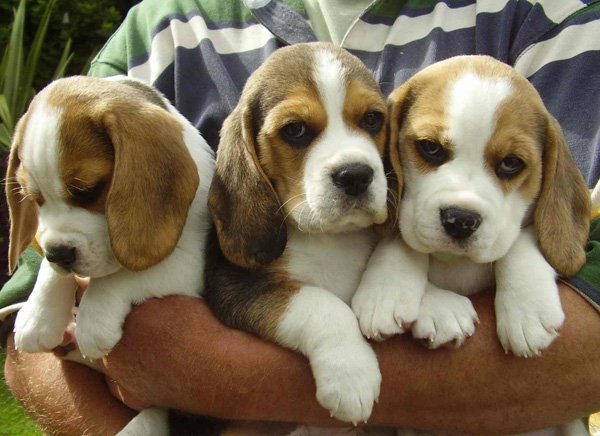 Is it Really Important to Hire a Dog Walker?
Is it Really Important to Hire a Dog Walker?
Y
Is it Really Important to Hire a Dog Walker?
Is it Really Important to Hire a Dog Walker?
Y
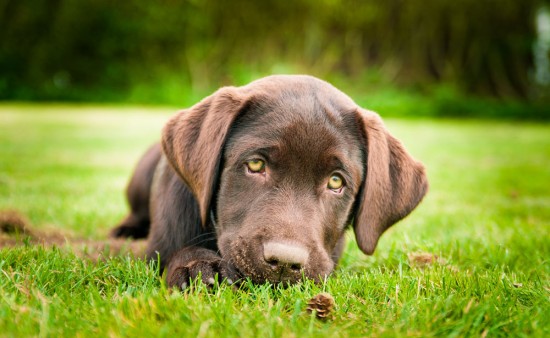 Five Common Mistakes To Avoid With Your New Puppy
Five Common Mista
Five Common Mistakes To Avoid With Your New Puppy
Five Common Mista
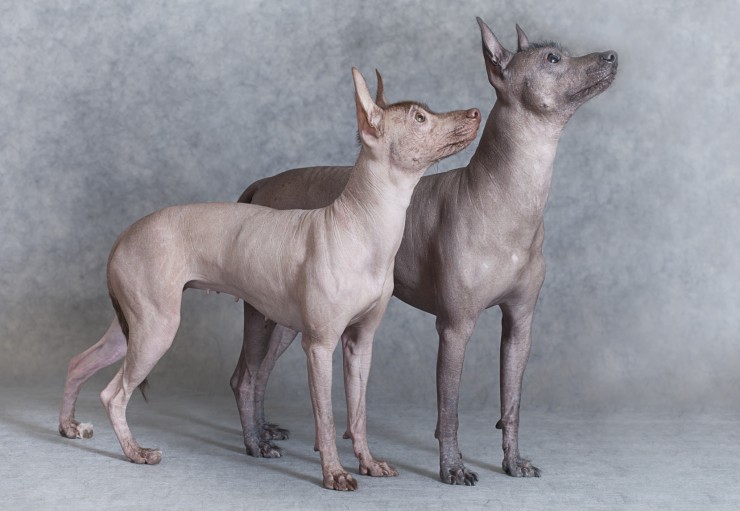 How To Avoid Skin Problems In The Mexican Hairless Dog
How To Avoid Skin
How To Avoid Skin Problems In The Mexican Hairless Dog
How To Avoid Skin
Copyright © 2005-2016 Pet Information All Rights Reserved
Contact us: www162date@outlook.com